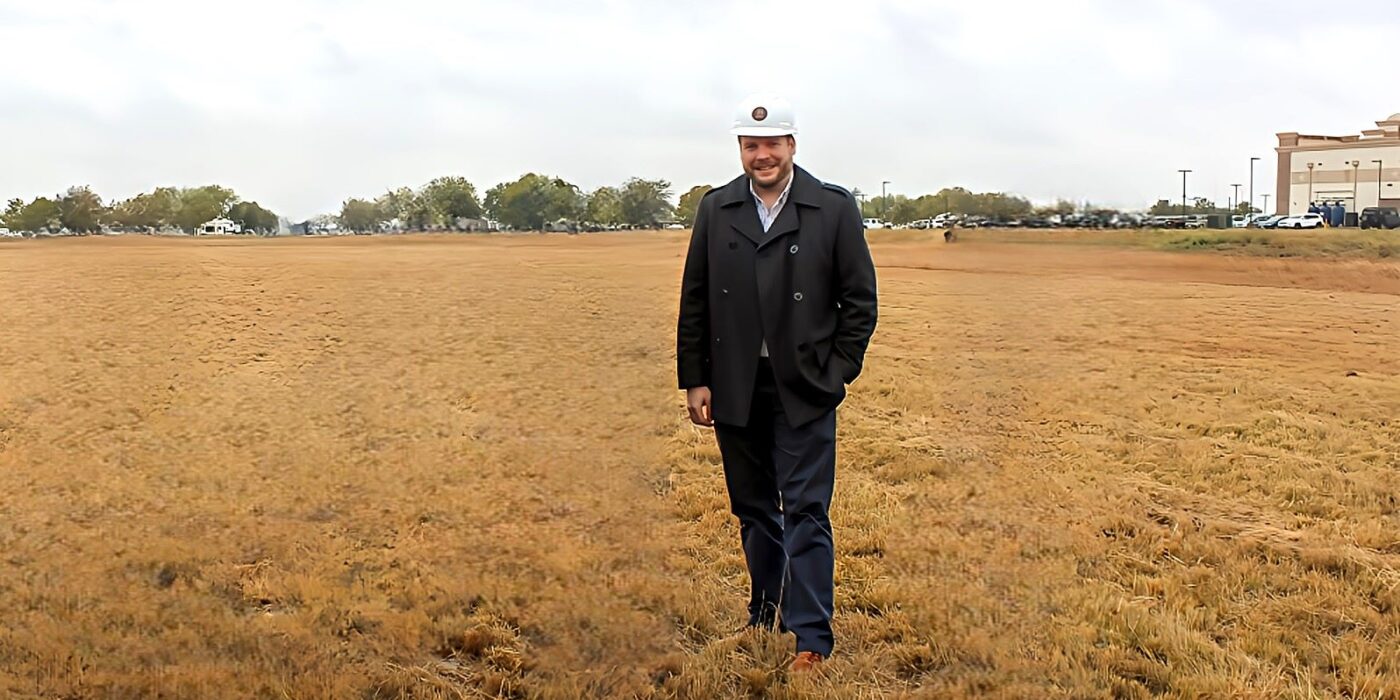Q: What sets Lifecare Properties apart from other senior living community developers?
A: Traditionally, senior living developers migrate to the sector from similar type asset classes – such as multifamily or student housing.
Our background is unique in that we were primarily retail real estate developers. Retail development for national credit tenants provides a great education in how to understand your target demographic, underwrite the markets and understand site selection. I believe this experience has translated well into our approach on identifying markets with a need for our target demographic and strong sites for our developments. In general, our non-traditional background gave us a fresh perspective on the development approach which seems to be working well for us.
Q: What are the key financial challenges facing senior living community developers today?
A: In my view, the largest financial headwinds that senior living developers are facing today are the cost of capital and tightening credit conditions on new deals. The federal reserve began raising rates over the last 18-20 months to fight inflation. Unfortunately for developers, these higher interest rate impacts flow throughout the entire development proforma – impacting everything from reduced loan proceeds on construction financing, tougher debt coverage covenants, reduced cashflow during hold periods all the way to lower exit pricing assumptions. If you’re underwriting a new development proforma today, you must take these new realities into consideration which means fewer deals will “pencil” than before. Understanding your numbers is more important than ever when evaluating a new development opportunity today.
It’s not all bad news though – the silver lining we have as senior housing developers is the ever-growing demand for the product due to the needs of our aging population. My view is these macro environment conditions are temporary, but the demand and “needs based” nature of our sector will ultimately provide enough tailwinds to justify new development.
Q: How do you balance cost control with the need to provide high-quality amenities and services?
A: Speaking from the development side, the most important thing when making cost control decisions is understanding what drives resident and staff satisfaction to allow both to be happy at your community. In development for example, many developers attempting to save costs try to furnish and select finishes in their buildings themselves or go cheap on furniture. We take the opposite position in believing the finishes and furniture are a large part of the “wow” factor when someone tours or visits the community. We invest in high-quality interior designers (shoutout to Banko Design!) and high-quality furniture and fixtures to add a differentiating touch to our communities. These high-quality items ultimately pay dividends when potential residents and adult children tour the communities.
From the operations side, we are big believers in letting the on-site teams know they are appreciated. During a tough construction or lease up moment – maybe we will take the team to dinners when we are in town. We also like to reward those team members financially for the hard work they do for the communities day in and day out. At the end of the day, while they technically work for our operator – we want them to know the ownership group sees and appreciates what they do to make the community successful. If your onsite teams know they are appreciated, it flows through to resident satisfaction as well.
Q: As Managing Partner, what is your vision for the growth of Lifecare Properties?
A: We are very bullish on the long-term prospect of the need for senior housing in the future. The growing demographic demand paired with a current pause by many developers is creating a widening shortage of senior housing units that will be needed to meet the needs of our seniors. I see us continuing to forge relationships with investors and lenders to prudently grow our development pipeline to do a small part in meeting the needs of our aging population.
Q: What financial advice would you give to someone looking to invest in the senior living market?
A: Take the time to understand the numbers. Senior living is technically a real estate asset class, but make no mistake – it’s essentially an operating healthcare business. You need to underwrite each market locally to determine local demand, labor costs, food costs, marketing budgets that will be needed, etc. in order to decide if the deal makes sense. Partnering with a good operating partner is absolutely key.
Q: What was the first way you made money?
A: When I was in the 4th or 5th grade, my mom and dad would buy large candy bags to keep at our house. I remember bringing candy to school and selling it to other kids in my class. Looking back now that was an incredible business because my parents paid for the inventory and I kept the sales proceeds – great margins!

